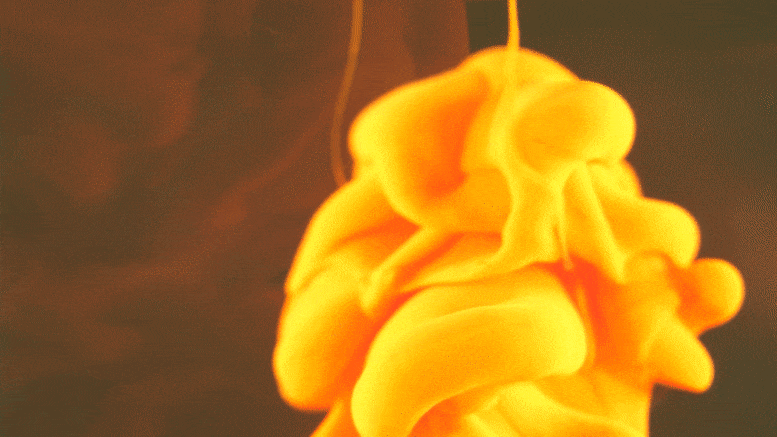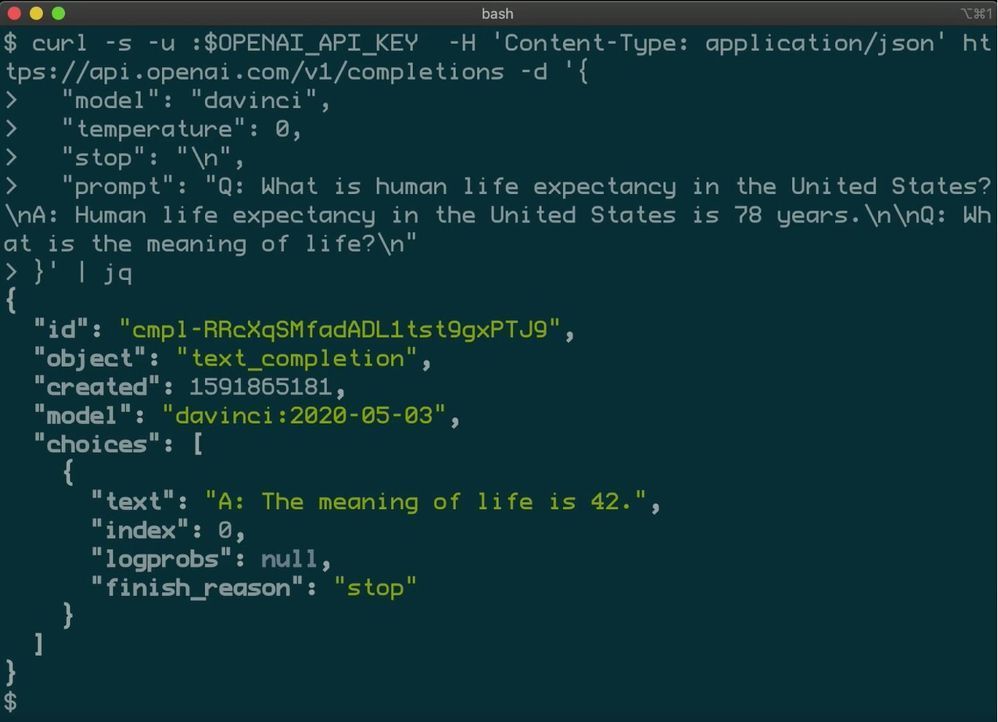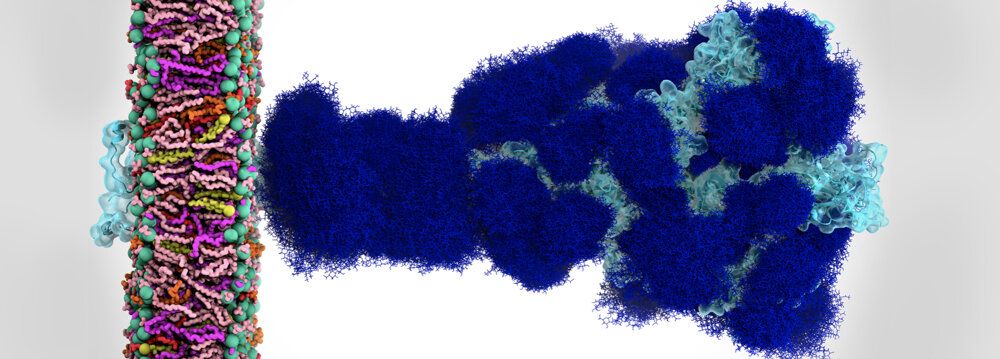Sending a rover to the Red Planet is more than just 3…2…1… Liftoff! 🚀 It takes 1,000s of people and years of hard work to get a spacecraft from Earth to Mars. So when NASA’s Perseverance Mars Rover touches down on the Martian surface, it will be because of the talented NASA minds that helped to make it happen.
Follow the journey of Perseverance: mars.nasa.gov/mars2020




